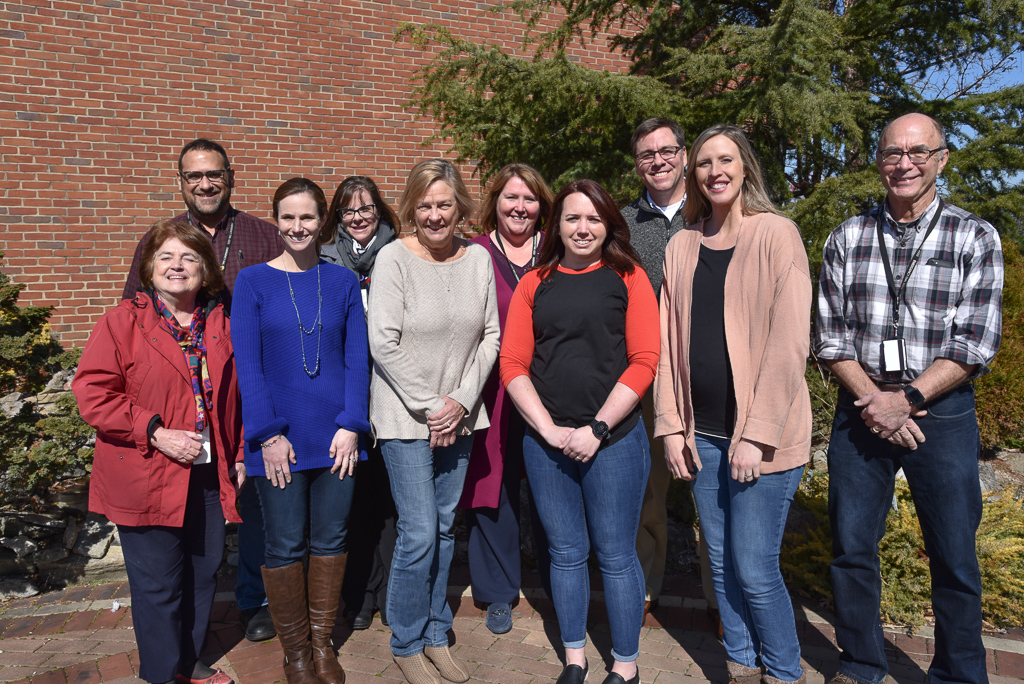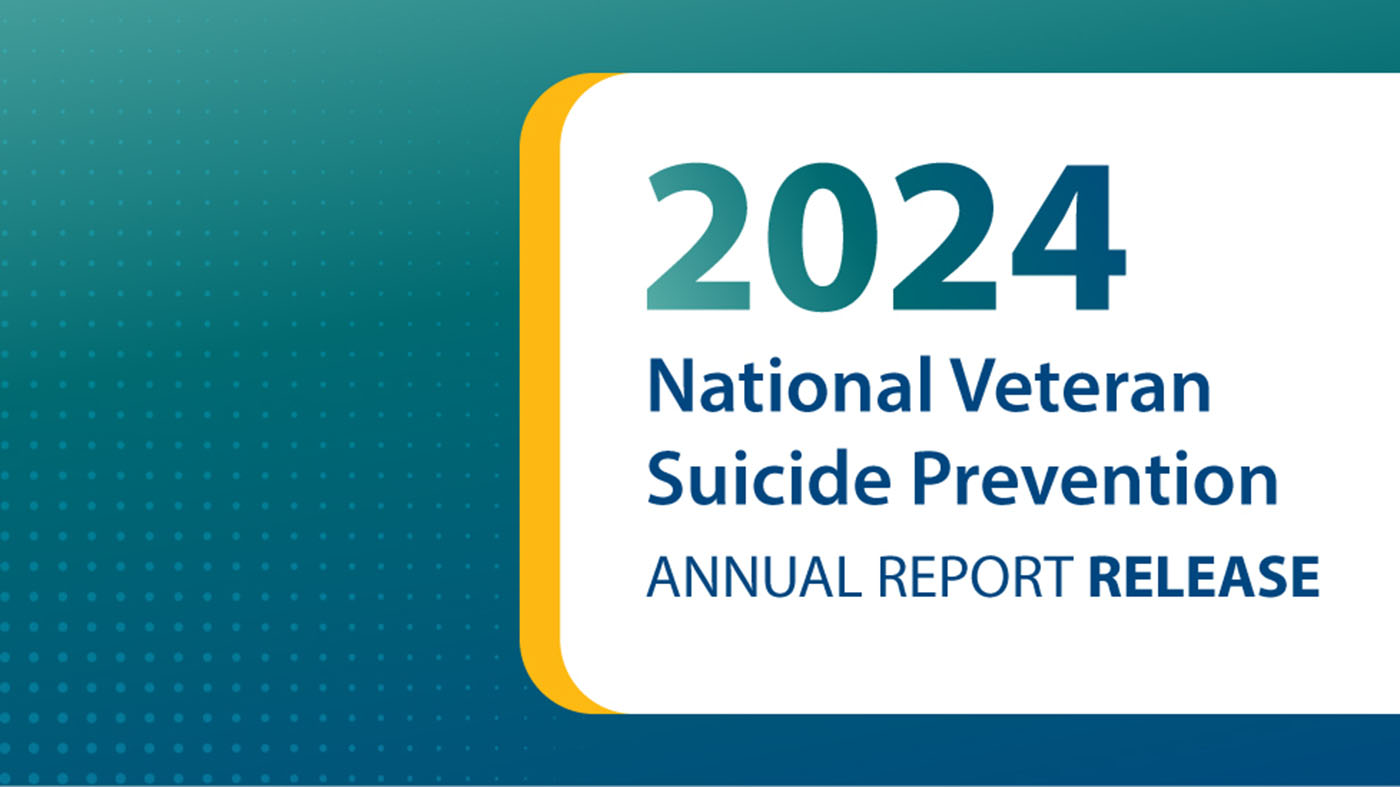VA Geriatric Scholar Dr. Lief Noll–and colleagues from the Cincinnati VA Medical Center–have launched a network of shared practices for VA pain clinics to help rural home-bound Veterans, improving their satisfaction and quality of life.
Veterans enrolled in VA’s Home Based Primary Care (HBPC) Program receive in-home care because of severe illness or mobility restrictions that prevent them from traveling to VA health care facilities. The VA Geriatric Scholars Program integrates geriatrics into primary care practices, relevant to the needs of the patients.
For his project, Dr. Noll and his HBPC team created a communication template to coordinate that pain care with the Veteran’s interdisciplinary health care team. Those HBPC teams are staffed with psychologists, physical and occupational therapists, speech therapists, social workers, nutritionists, pharmacists, registered nurses, licensed practical nurses, nurse practitioners, physicians, and physician assistants. Each profession offers complementary approaches to pain management.
“Because our Veterans are home-bound, they can’t take advantage of all the great resources at the hospital,” said Dr. Noll, a VA clinical psychologist. “Chronic pain is a tough nut to crack with very old, very ill Veterans, especially for our Veterans who are bed-bound or chair-bound,” he continued. “The more they sit in the chair, the more they’re going to hurt when they stand up. But it hurts when they stand, so they stay in the chair. It’s hard to find a reason to get up and move. It’s difficult from a behavioral standpoint, unless someone has a clear goal.”
VA innovation
Dr. Noll’s team used the IHI Model for Improvement and the Plan, Do, Study, Act (PDSA) framework, which guides users through the formal and iterative steps of quality improvement. Using the PDSA framework to develop, evaluate, and implement the project, Dr. Noll’s team spread the plan to the five HBPC teams who serve an average of 600 enrolled Veterans from the Cincinnati VA Medical Center. The aim of Dr. Noll’s project was to implement the use of the new template in CPRS by 60% of HBPC providers within a 6-month period.
In PDSA 1, the team developed the template idea into a tangible system. In PDSA 2, the team identified home-bound Veterans who might benefit from alternative pain management strategies beyond opioids. Priority Veterans included those admitted to HBPC with existing chronic opioid therapy, those receiving new opioid prescriptions, or those rated high-risk for overdose/suicide-related adverse events. Veterans who agreed to participate received a pain assessment and VHA patient education resources.
In PDSA 3, the team improved their template based on user feedback and launched a pilot program. By the end of the cycle, 59% of the providers were using the template to communicate with team members about Veteran pain status.
Aligned with patient goals
When clinicians invite a new participant into the program, they ask the Veteran, “What are your goals?” After the Veterans describe their goal in their own words, and by using the template, the HBPC team selects interventions within their scope of practice that might best achieve the Veteran’s goal. In line with VA’s Whole Health approach to care, the team lets the patient decide whether to accept or decline each intervention, encouraging Veterans to engage in the development of their care plan. The team assesses the Veteran’s progress monthly with a full update every 90 days.
“A pain patient was initiated into the program today,” said Dr. Maxey. “We had an entire team get involved with what the plans were to meet this gentleman’s goals of getting back to going to flea markets and doing his craft again. It went really well.”
Veteran Darryl Paragin, 78, wants to fish again. “I haven’t been able to do that in a number of years,” he said. “I’ve still got all my equipment, if I could get back to going occasionally.”
“I want to get out more,” said Veteran Leonidas Woodruff, 82. Woodruff described his back pain: “It hurts when I lay here, and it hurts when I sit up. Boy, I’m hurting so bad, you can’t even understand it.”
Paragin and Woodruff were open to alternative pain management strategies. “They asked me if I would try it. I’ll try anything,” Woodruff said. In addition to physical therapy, he opted for a series of acupuncture treatments. His first round of treatment eased his pain for three or four days. Woodruff finds that when he is immersed in his hobbies, it takes his mind off the pain. He enjoys baking, woodworking, and jewelry making. “Although you hurt, your mind is not on that. It gives me something I can do. The happiness is giving it to people. That’s what I really enjoy doing,” he said.
Team culture
Dr. Noll reflected on the project’s impact on clinical outcomes and team dynamics. “The template gives us a structure for pooling together resources from each discipline and measuring whether we carried out the care plan successfully,” he said. “This interdisciplinary approach is now the team culture.
“Our project brought a systematic approach and more disciplines into the mix, melding our expertise to align with our patient’s goals and supporting them on their journey, creating a relationship dynamic between the treatment team and Veteran.”
Learn about VHA pain management resources for Veterans and the public.
Learn more about the VA Geriatric Scholars Program.
Maureen Jerrett is a communications contractor with the VA Geriatric Scholars Program
Photo by Chris Malott, Cincinnati VA Medical Center: Back row (L-R): Lief Noll, Ph.D, Sharon Gaunt, RN, Asst. Nurse Manager, Anna Maxey, MD, Section Chief Home Based Services, Pat Marot, PT
Front row (L-R): Raquel Maymir, Ph.D., Kelly Napier, Psy.D., Bobbie Graham, NP, Jessi Kennedy, OT, Jill Parriman, PT, Stephen Zimmerman, RN, Program Director
Topics in this story
More Stories
The Medical Foster Home program offers Veterans an alternative to nursing homes.
Watch the Under Secretary for Health and a panel of experts discuss VA Health Connect tele-emergency care.
The 2024 National Veteran Suicide Prevention Annual Report provides the foundation for VA’s suicide prevention programs and initiatives.







What VA has done for my pain management.
When I had acute pain; I was denied pain medicines. I had to buy my own insurance, eventhough I’m 100% disabled and housebound, so I could get treatment for the pain.
I paid for back fusion and decompression surgery after waiting YEARS for the VA to address this issue. Then, within a year, I had new acute symptoms. The VA would not address it because work was done on my back from outside the VA system.
The outside neurosurgeon determined it was a new area of concern. Then the VA took over.
I still had to buy my Rx outside the VA system for pain management until my recent surgery of March 4, 2020.
Now, I have symptoms of a virus/flew. I’m 67 years old. I have to get hard copy of pain Rx from surgeon and transport it to the VA-I’m quarantined for flu. The VA will not accept wired in Rx s. Now I go from 20 mg of oxycodone every 4 hours to NOTHING>
This is my pain management with the VA!!!
Im a disabled vet and have been trying for years to get help with my disability. Finally since the Mission Act Act ive been able to see regular doctors and they have finally found since the TBI I got while in the Army what the problem is. The only problem is ive been going to the private sectors doctors since the end of May of 2019 and the only thing that has been done is being shuffled from one neurologist to the other. One MRI to the other. One authorization to the other. Its now almost a year later from the time I started going to community care to see these private doctors and I have went from just a numbness in my left hand and left foot to not being able to feel either of them and severe pain in both. Sever head aches. My right ankle is the size of a grapefruit from walking just on my right foot because I cant walk on the left foot. I have the L5 disk in lower lumbar slipped and sitting on that nerve in the left leg. I have the C 4 and C5 crushed and actually pinched together on the spinal cord it self cutting off proper nerve function and spinal fluid flow. The neurologist told me he want me to see a neurosurgeon right away but he said you know the VA and it could take some time. This was back on the 9th on last month. Im in so much pain. Can you help me?
A lot of acronyms thrown around for my geriatric veteran brothers and sisters. In 50 yrs I’ve seen well meaning programs and Dr’s ” go away” . Many old guys and gals displaced, 20 yrs the program was all they knew. Then shuffled to assisted living homes. Displaced and hopeless . Please stop this behavior. I’m getting old. Thank you VA for all you do.